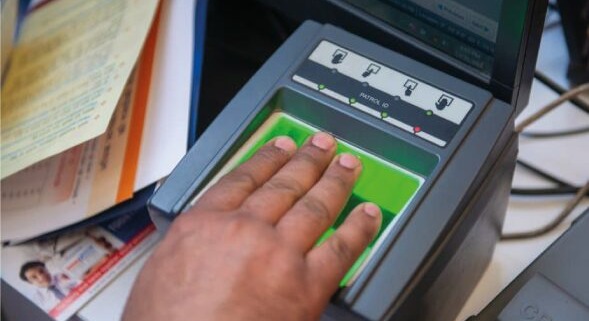Property transfers and Biometrics: a secured revolution
Technological advancements have significantly transformed the realm of real estate transactions. Nowadays, several countries, including the United Arab Emirates (UAE) and Pakistan, have embraced the use of biometrics to simplify these transactions, while India faces challenges in data security. In this article, we will explore how these technologies are shaping the future of property transfers.
Biometrics serving real estate transfers: the case of the UAE and Pakistan
In the United Arab Emirates, particularly in Dubai, the Emirati platform on the DubaiNow app has revolutionized land exchanges. Since its inception, the platform has facilitated the exchange of over a thousand land grants. Facial biometrics are used to authenticate users, offering a secure and convenient experience. User feedback is overwhelmingly positive, with a satisfaction rate nearing 90%.
In Pakistan, a similar initiative has been implemented in Rawalpindi. The collaboration between the Rawalpindi Development Authority (RDA) and the National Database and Registration Authority (NADRA) has introduced biometric verification for real estate transfers. This approach aims to modernize the system while ensuring the security and transparency of transactions.
Data security challenges: lessons from India
However, the adoption of advanced technologies is not without risks. In India, for example, fraud related to the use of biometric data and Aadhaar numbers in property documents has become a major concern. To combat this issue, the state property registration department in Maharashtra has begun to mask fingerprints and Aadhaar numbers on deeds and rental contracts. This measure aims to prevent the illegal exploitation of personal data and to strengthen citizens’ trust in digital processes.
Towards an era of secure and simplified property transactions
The global trend is clear: biometric technology is becoming a central element in real estate transactions. By offering a quick and secure authentication method, it simplifies processes while enhancing security. However, the challenges associated with protecting users’ personal information require continuous attention and the implementation of stringent security measures. The examples of the UAE and Pakistan show the benefits of these technologies in terms of convenience and efficiency, while India’s experience underscores the importance of protecting sensitive user information.
In conclusion, as biometrics emerge as an indispensable solution in the real estate sector, it is crucial to continue balancing the benefits of convenience and efficiency with the imperatives of data security and privacy. Countries that succeed in finding this balance will pave the way for a new era of safer, faster, and more accessible real estate transactions.



